29 Schema MarkUp Tools For Understanding, Validating, and Implementing Schema for SEO
There are lots of reasons to consider improving the structured data on your website by using Schema.org’s markup. As well as making your content more eligible for certain Rich Results in the SERP, incorporating schema markup into your site provides another layer of information for search engines to understand the content on your site and the nature of your project or business.
While structured data is not a ranking factor, it is a technical SEO technique that allows your content to show in parts of the SERP that your site would otherwise not be able to access.
Though you do not need to be able to “code” in order to learn and use schema, it is important that you understand how to ensure that your code is error-free and easily readable by Google and other search engines.
The tools below will help you to create new schema markup, understand your schema markup, and troubleshoot your markup where necessary.
Resources for Learning, Generating, and Validating Schema.Org Structured Data On Your Website
At Optix Solutions, we have worked with various clients to implement and improve schema using a range of methods and tools. The following is a list of some of our favourite tools:
Structured Data Research Tools
Testing Your Code:
Auditing Your Implementation at Scale:
Chrome Extensions:
SEOPro Extension for viewing valid schema on a page
Schema Builder for creating markup
Structured Data Generation Tools & SAAS:
Your Friendly Neighborhood Devs
Primers on How to Use & Understand Schema:
How to Use Structured Data to Support E-A-T by Lily Ray featuring Bill Slawski
Strategic Structured Data for SMEs article by Crystal Carter
JSON Schema Step-by-Step article

1st Floor, Alphin Brook House,
Alphin Brook Road,
Exeter EX2 8RG
MORE THAN
Digital
Marketing.
View our sustainability page.
PPC for B2B
PPC for Law Firms
PPC for Luxury Ecommerce Brands
PPC for Travel and Tourism





